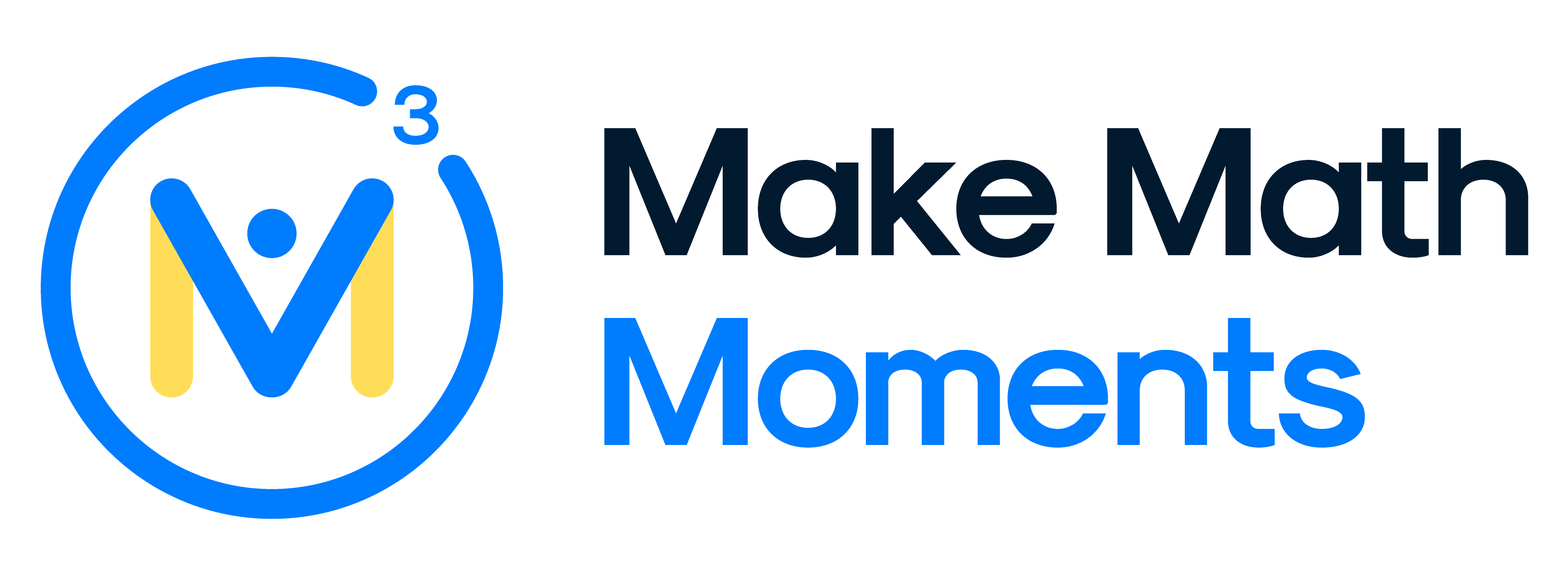Make Math Moments From A Distance
-
Sparking Curiosity From A Distance [Webinar Replay]6 Lessons
-
Make Math Moments From A Distance [Webinar Replay]7 Lessons
-
2-1 - Introduction to Making Math Moments From a Distance
-
2-2 - Spark Curiosity Through The Shot Put Task
-
2-3 - Using The Curiosity Path From A Distance
-
2-4 - Fuel Sense Making With Knowledgehook SnapShots
-
2-5 - How to Fuel Sense Making From A Distance
-
2-6 - How To Ignite Your Teacher Moves From A Distance
-
2-7 - Q&A Session
-
2-1 - Introduction to Making Math Moments From a Distance
-
More Tech Tool Deep Dives [Coming Soon]
-
Tech Tool Deep Dive: Knowledgehook9 Lessons
-
3-1 - Introduction
-
3-2 - Introduction to Knowledgehook
-
3-3 - Follow The Curiosity Path With Gameshow
-
3-4 - Crafting a Productive Struggle With Gameshow
-
3-5 - Using the Upload Focus Feature to Consoliate Learning
-
3-6 - Reporting Tools and Self-Paced Missions for Purposeful Practice
-
3-7 - Creating a Custom Activity in Knowledgehook
-
3-8 - Creating a Class, The Teacher Dashboard, and More!
-
3-9 - Knowledgehook Q&A
-
3-1 - Introduction
-
Tech Tool Deep Dive: Desmos8 Lessons
1-2 – Upstream Thinking
What You’ll Learn
- How using Upstream Thinking can help us prevent problems rather than react to problems – similar to what we’re having to do now during the COVID-19 Emergency Remote Learning experience.
Make Math Moments Academy › Forums › 1-2 – Upstream Thinking – Discussion
-
1-2 – Upstream Thinking – Discussion
Posted by Jon on May 29, 2020 at 7:20 am“What new take-aways do you have?
What questions are you still wondering?
Share your thinking below…”
Lena Tunon replied 3 years ago 21 Members · 20 Replies -
20 Replies
-
I had not thought of the proactive work of teaching in the way of the Upstream Thinking, but your example really made me think about what it means when I say I am trying to act/think proactively vs. reactively. I also liked the distinction made between live sessions and the asynchronous experience. I am really curious about the insight you will provide there.
-
This made me think of upstream thinking and teaching proactively versus reactively. I’m just wondering how would the class look like with this in mind.
-
Upstream thinking reminds me of anticipating student misconceptions, but it also takes in student’s previous experiences, their mood on a given day, since we are talking about online learning, what might be going on at home that could distract them. In visiting the homes of some of my students during the school closure I noticed many students were responsible for younger siblings, cleaning the house, preparing food, and there were many people in one house or apartment that they shared space with and these other individuals were not always quiet and the space they had for doing independent learning was minimal because of the others that took up space. These are all things that will effect or affect student learning
-
Yeah, I tend to put out fires as a teacher. It’s hard to force myself to plan ahead – to consider how my students might solve a problem. Interestingly enough, when I was a programmer, entirely HALF of our time and cost estimate was for the PLANNING stage. We planned and revised and planned and revised before we ever started coding.
-
I love the parable you told about Upstream. I feel like this is so true in our culture as well, so it is easy to fall into the reacting to problems rather than trying to prevent them. I do a lot of informal anticipating in my head, but don’t really have a formal process or time.
No questions right now! Excited for the tools! : )
-
I’m really curious about asynchronous teaching. I’m not sure what that looks like.
-
Interested to check out your 3-Part Framework (new take-away). To spark, to fuel, and to ignite are wonderful positive verbs that make education exciting! I have heard and read each of the 3-Part Framework individually. Now, what does it look like put together?!
-
I am excited to this this Sparking Curiosity Model as Asynchronous and Synchronous! I have been floundering like a wet fish!
-
I love the Upstream Thinking concept. I am wondering how to plan and deliver online classes when my school is tied to a certain (CPM) curriculum. I want to follow the 2-part framework and use your tasks as much as possible.
-
Even though we are going to see 20% of our students daily, I think we are going to plan our course structure for remote learning and then use the in person time for differentiation so I really want to learn the 3 part framework remotely because I know it will engage our students in person, but I am not as sure I can get them to log in and keep logging in from a distance.
-
I love the “Upstream” story and how it relates to us as educators. I’m very excited about learning how to use the 3-part framework.
-
I feel like all I do is put out fires, no matter how excited I am about a lesson. I can’t wait to see how to do this another/better way!
-
I wonder what my class will look like if my planning was upstream?
Interesting concept. Upstream thinking is the way to go. How do I get into this mindset?
-
I try to use upstream thinking when I plan my lessons, but I feel like I always forget something and end up saving kids who are drowning along the way.
I also did asynchronous teaching at the end of the school year last year and I had a really tough time sparking curiosity in my students, so I am excited for some tips. Starting in the fall, we will be doing live teaching, so I am thinking I could use some of my old methods with my students.
I am still curious about more tools to use and help students stay engaged!
-
I am not certain I really understand what Upstream thinking looks like in the classroom. I know that pretests give me an awareness of what my students already know, but I am curious about what else is involved and how I might be able to better help my students get past the learned helplessness they are accustomed to in math.
-
I am agreeing with the going upstream to find out why kids are falling in the river. I have recently been thinking about this. Every summer when I think about my approach for the fall, I think about how to expedite student learning. Then an administrator or coach will say, “That module assessment is due Friday,” and I go off the deep end and try to coach students with algorithms and ways to remember how to do something. I can testify that this approach does NOT work. I would like to commit myself to considering daily how to spark curiosity and plan lessons that are relevant to students so that they will understand and retain the mathematical understanding.
-
I still wondering how to create a hybrid and remote lesson with the upstream thought process, I guess I need to see it visually happening for me to understand it better.
-
This has a lot to do with anticipating misconceptions. This is doubly important in the virtual classroom because not only do you have areas in math where students can slip up, but we can have areas in technology as well. Planning out technology to make sure it delivers math content most efficiently is a great obstacle for teachers in the virtual world
-
Great point. Anticipating how students solve the math task is one big important step, but so is anticipating how the technology will support (or hold back) the intended learning objective. Another layer of complexity for us to think about before diving into our lessons.
-
-
I think upstream thinking is really a difficult skill to develop. For me, the more I see kids try to solve problems, the better I get at predicting the types of approaches and or errors that kids will encounter. For me, it helps to think about the practice of teaching in 2-3 year chunks and to use the experiences gained in one year or one term to develop for the future years or lessons. I just wonder, how can I do better for those students who are in front of me the FIRST time I try a lesson.
Log in to reply.
Grab the book we discuss in this section:


